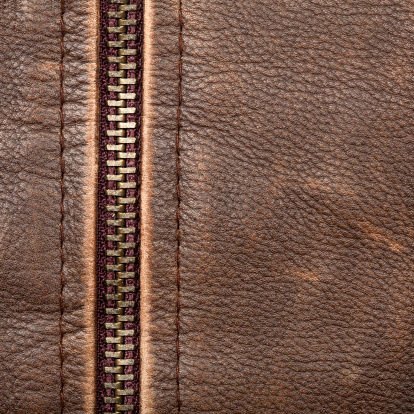Leather Processing


The earliest application of Industrial Enzymes can be traced back to processing of hides and skins. Hides and Skins comprise mainly of Fat and Protein matter and these substances need to be removed prior to the tanning process.
Soaking is an important operation of leather processing. Hides and skins received into a tannery are as green, or as wet salted, or as dry salted or as dried. It is recommended to carry out enzymatic soaking process for all types of skin and hides to obtain best quality leather. Soaking processes hides and skins by removing dirt, blood, flesh, fat matter, faeces etc. and most importantly rehydrates them to bring skins nearly to the state of green hides. Protease Enzymes and Lipase enzymes enhance water uptake by dissolving intra fibrillary proteins that cement fibres together and disperse fats and oils together with dirt and other materials present on skin. Lipase Enzymes are a specific type of enzyme that degrades fat and thus do not damage the leather which is protein matter essentially. Lipase Enzymes hydrolyse the fat on the outside of the hides and skins as well as inside the skin structure. After removal of the fat matter further chemical treatments such as tanning and dyeing have a better process capability. Thus lipase enzyme assisted degreasing gives the leather far better quality and finish as compared to conventional surfactant based degreasing agents. Lipase Enzymes also improve the production of waterproof leather.
For manufacturing leather the hides and skins require an enzymatic treatment before tanning know as bating. The scud is loosened during the bating process and unwanted protein matter is hydrolysed. Bating removes the swelling of the swollen pelts and prepares the leather for tanning. Bating with Leather Enzymes provides unmatched benefits to the tanner as compared to conventional chemical processing aids.
The most wide spread way to remove hair from hides is to use lime and sodium sulphide in a chemical process. They dissolve the hair and open up the structure. Most importantly the enzymatic dehairing results in a cleaner grain surface and softness. The sodium sulphide and lime requirements can be reduced by as much as 50% while maintaining the processing time. Leather tanneries can shorten the processing time by at least half with the same quality of output product. By the use of leather enzymes it is possible to reduce the COD up to 40% and BOD up to 35% in effluent discharges.
LEATHER ENZYMES


